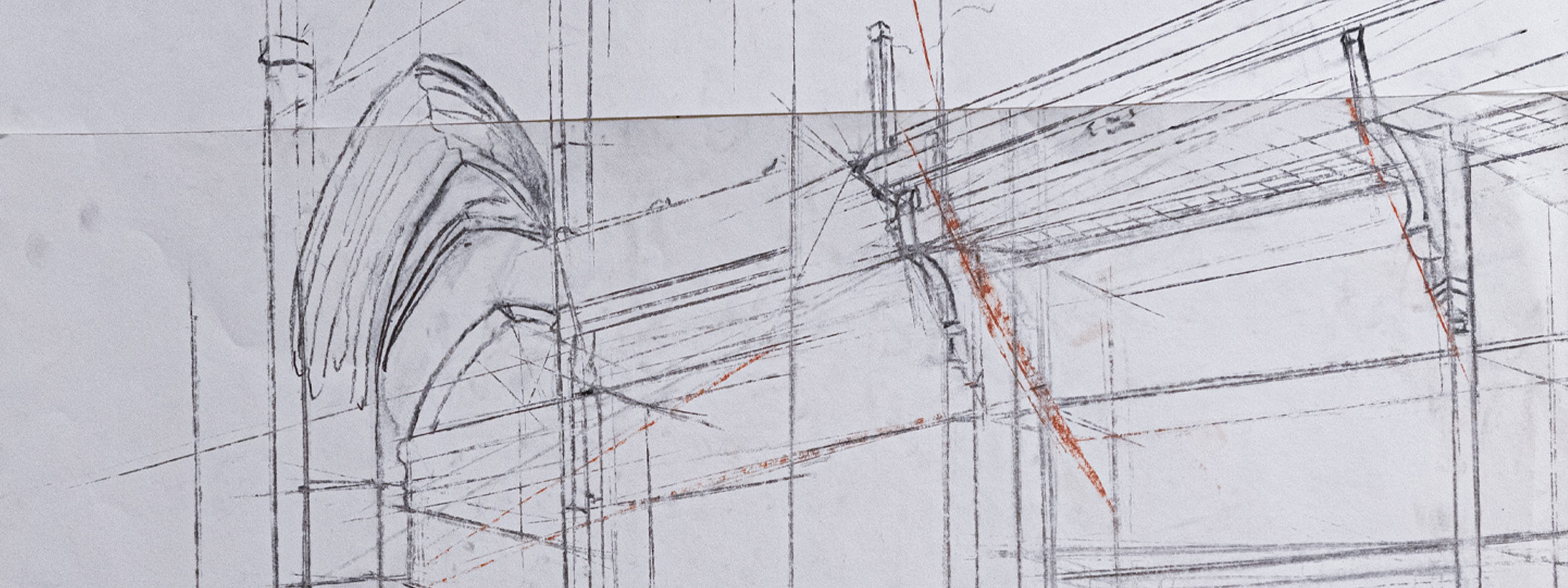Abstract from publisher's website:
By the thirteenth century in Japan, King Enma (Sanskrit: Yama-rāja) had become a familiar deity in the Buddhist pantheon. Largely understood as the judge of one's past deeds, Enma's position as one king in a series of ten was common knowledge, and offerings made to him, as well as to the other nine, served to ensure the petitioner a favorable rebirth in his or her next life. This article brings to light Enma's roles independent of this schema. It argues that far from serving solely as the judge of one's actions, Enma could be a figure to whom one petitioned for worldly benefits and even directed prayers for salvation. In addition, this essay shows that the architectural and spatial settings in which Enma was placed influenced the understanding of his varied functions, and ultimately enabled his refiguration as a salvific deity who had the power to grant birth in a Buddha land.
